“It honours the spirit and qualities of the film, but the stage show has its own energy and aesthetic”: Ami Okumura Jones on My Neighbour Totoro at Barbican Theatre
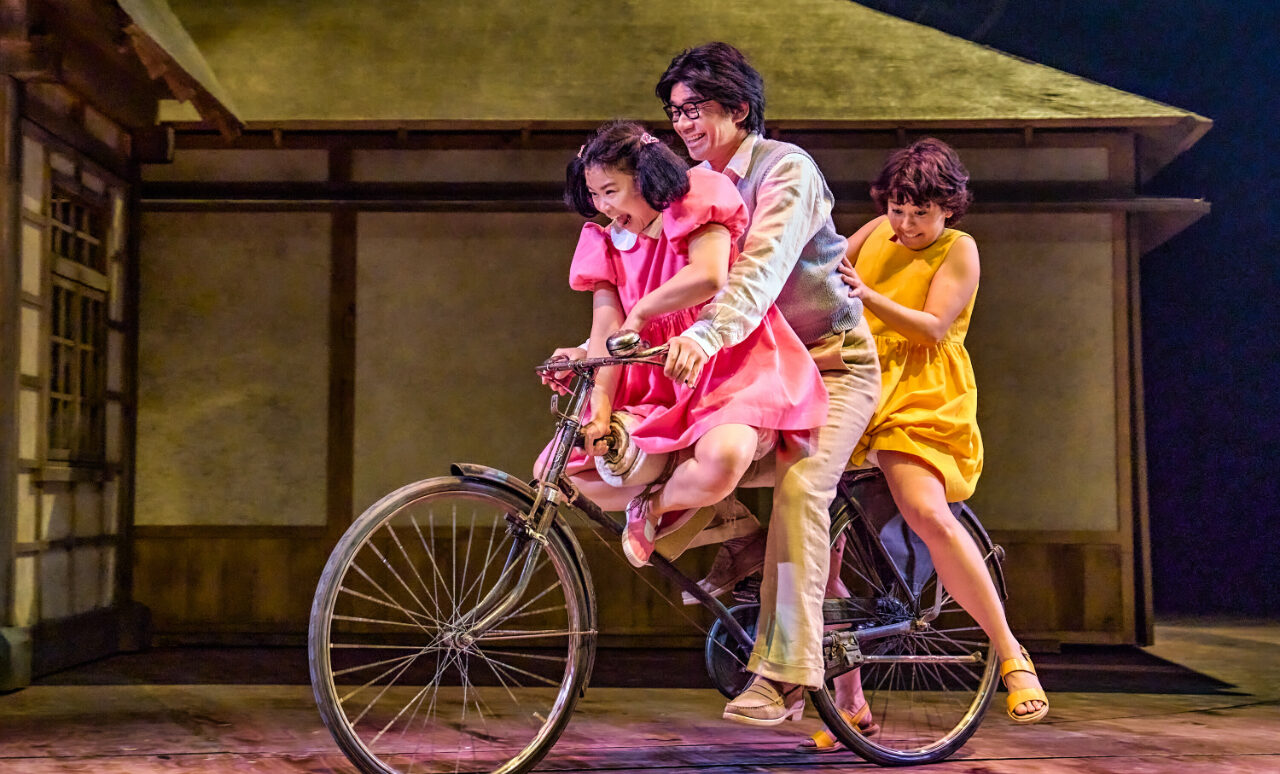
As the late autumn season arrives, the Barbican welcomes back the Royal Shakespeare’s Company production of My Neighbour Totoro. Hayao Miyazaki’s renowned animated feature film receives a stellar adaptation for the stage by Tom Morton-Smith: the show mesmerisingly blends impressive soundscapes, captivating puppetry and colourful settings to realise the adventures and challenges the protagonist sisters face as they encounter magical beings. Since its first staging at the Barbican in 2022, the play has earned extensive accolades and praise from critics, including six Olivier Awards and five WhatsOnStage Awards, not to mention setting a record for the fastest-selling box office. Anticipation is soaring, and, once again, tickets for this second run have almost already completely sold out.
The imaginary world is vividly brought to life thanks to the incredible craftsmanship of the creative team and the talented performers acting within the enchanted surroundings. Many of the cast members from last year return, with Mei Mac reprising her role as Mei Kusakabe and Ami Okumura Jones as her older sister Satsuki.
In the run-up to the opening, we had a chat with Okumura Jones about her exciting comeback, collaborating with the team on such a special production, her initial encounter with Studio Ghibli’s creation and her insights into the play.
Hello Ami, thank you so much for your time. I imagine the rehearsals are in full swing with opening night fast approaching! How does it feel to be back in Satsuki’s shoes?
My Neighbour Totoro is like a big, warm hug and it’s wonderful to be back. It feels like coming home, but it’s also a little bit surreal to be back in the same venue with some of the same cast. We’ve got some lovely new cast members as well which is always a lovely thing because it brings new life and chemistry to the show – so there’s a lot of nostalgia but it’s also slightly different.
Let’s take a step back for a moment: what was the primary appeal for you to this production?
My mother is Japanese, so I grew up watching the films. It never even crossed my mind the possibility that someone might make a stage adaptation, so to hear that a Ghibli film was being done at the Barbican – which is probably my favourite London venue – by a company with the prestige of the RSC made me giddy. I was excited to even be able to audition for the role; to be cast felt like a dream.
Have you worked with puppetry before? How did you find it?
In previous shows I’ve worked with puppets but on a much smaller scale. It’s out of this world what My Neighbour Totoro does with puppets. I don’t think audiences will have seen anything like the variety and range in this show. It’s a joy and an honour to work with these incredible creations that Basil Twist and Mervyn Miller have created with their teams. In a way, it makes your job easier because they’re so breathtaking. The reaction you get from the audience when they appear is wonderful, and as an actor, you’re able to harness that energy.
The show mesmerisingly brings together stunning designs (stage, props and lighting) and an impressive soundscape: how did you find the combination of all these elements?
In terms of production value, this show is incredible and a testament to the people who created it – like Jessica Hung Han Yun (lighting), Tom Morton Smith (writer) and Kimie Nakano (costume design) – all of whom won awards for their work. There’s an amazing level of detail in the show’s design, down to the fabric and the texture of the wood – even the house is made of real oak. It doesn’t look like the film. It honours the spirit and qualities of the film, but the stage show has its own energy and aesthetic. The way all the elements mix, even with the bright colours, brings a slight edginess to the design. You can’t talk about Studio Ghibli without talking about Joe Hisaishi’s composition. Will Stuart (orchestrator and arranger) has done such a delicate, sensitive and respectful job of adapting Joe’s music but has also made it his own thing. When it comes together it can be a bit overwhelming! You have such a huge company, and you go into tech and it becomes a city of people. It’s wonderful.
Can you take us briefly behind the scenes and tell us how the ensemble’s rehearsals usually happen?
It’s an unusual – and great – process working with the director, Phelim McDermott. Establishing the spirit of the play alongside openness and democracy is so important. We have a “check-in” every morning where we sit in a circle and talk about whatever you want. Sometimes it can take 30 minutes, sometimes it can take two hours – it sounds fluffy and hippy dippy but it really isn’t. It establishes something tangible which comes through in the show. When you have an ensemble piece, you need to trust the people you’re working with. It’s been a magical process and the ensemble is at the heart of everything we do.
Can you tell us a bit more about your relationship with the original Hayao Miyazaki movie: do you remember the first time you watched it, and how did that stay with you over the years?
It’s been part of my life since I was tiny. I don’t remember the first time because I would have watched it on repeat growing up. We had DVDs of so many of them and I’d have watched them with my little sister and would have watched them when we visited my cousins in Japan too. So I’ve seen it in English dub and Japanese. Storytelling in Studio Ghibli is so different from Western storytelling. There’s a strangeness and an ambiguity in the Ghibli films. Famously, in My Neighbour Totoro you could say nothing really happens… the climax of the film is some corn being delivered. It doesn’t follow Western modes of storytelling, so having that influence on my life is a really lovely thing.
As per your role on stage, you interact a lot with Mei Mac who plays Mei: how are you preparing together for the show?
I love working with Mei Mac and we hit it off both on and off stage. Preparing this time round, we’re keeping the magic of the original film, but we’ve challenged ourselves to also explore new things. You’re always so lucky as a performer to find someone you have great chemistry with. There’s a playfulness and great chemistry in our relationship. We were able to surprise each other, make different choices on stage, even improvise during the run because we totally trusted each other. That’s reflected off-stage too – we’re flatmates now! Sister’s on-stage on and off.
Since the first run last year, the show has been collecting awards, from Olivier to WhatsOnStage, in addition to the positive reception from both critics and the audience. Does this add some expectations on your side for the return?
There is some pressure, but you can challenge yourself to harness it in a good way and not get complacent. It’s lovely to receive those accolades because you hope it means the show will reach even more audiences. We had a lot of fans last year, but we also had people who had never really seen a Ghibli film – which is fantastic. I hope this time round we get more fans and more people who might go: “My Neighbour Totoro, what is this show?”
Is there anything in particular you have been working on to update your role for this season?
Nothing specific – but I always try to surprise myself and do new things in rehearsals. At the end of the day, it doesn’t matter if you end up finding the moments that worked last time or whether you find new things, it’s always about surprising yourself. Not only for the sake of the performance but also for my own sake.
What have been your personal highlights in working on this project?
Too many to name! The reaction the audience had on opening night last year has jumped into my head. With a play, it’s not often that you hear the energy of a whole auditorium shift during crucial moments. It’s funny, there’s one cue I have where a puppet makes an appearance, and I don’t even need to look over my shoulder to see if said puppet has appeared. The audience tells me. It’s magic.
How would you describe My Neighbour Totoro in three words?
Magical. Surprising. Beautiful.
What do you wish for the audience to take away from the show?
I hope audiences have a wonderful magic experience and take away whatever they individually need to. Our writer, Tom Morton Smith says something along the lines of: “The show means different things to different people.” If you’re a tiny little kid, it’s the colours, the music and these wonderful, amazing creatures, which are alive and breathing on stage. If you’re a little older, there’s something about the joy and the pain of growing up – and if you’re a parent bringing your kid, there’s something in there about watching your own child grow up and the knocks and pains of coming to adulthood. If you’ve got a loved one in hospital it will mean something different to you, too. It’s what’s great about the original film and this show. Everyone sees something different. That’s why people come back to Studio Ghibli films and this show. Every time I watch the film, depending on where I am in my life, I take away something different.
Cristiana Ferrauti
My Neighbour Totoro is at Barbican Theatre from 21st November until 23rd March 2024. For further information or to book visit the theatre’s website here.
Watch the trailer for My Neighbour Totoro here:


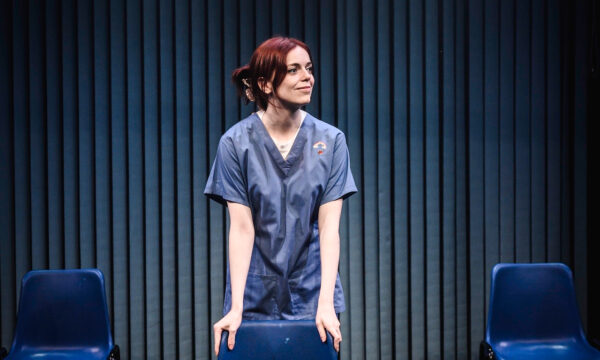
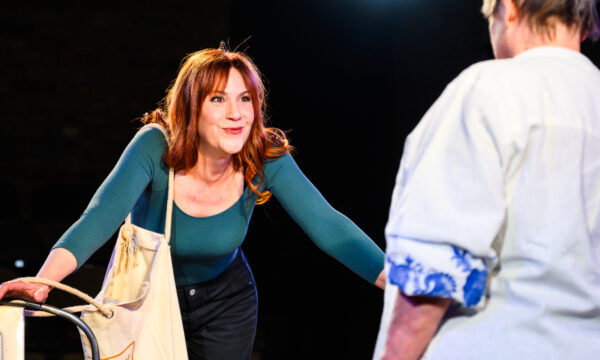

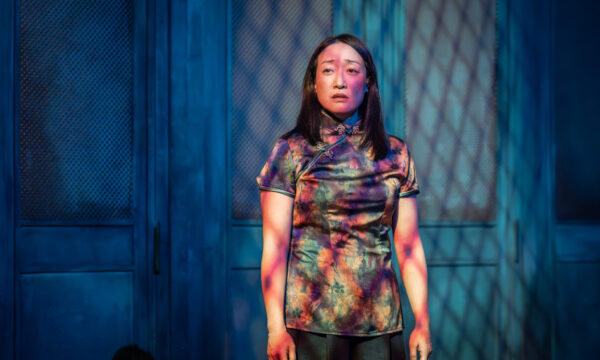


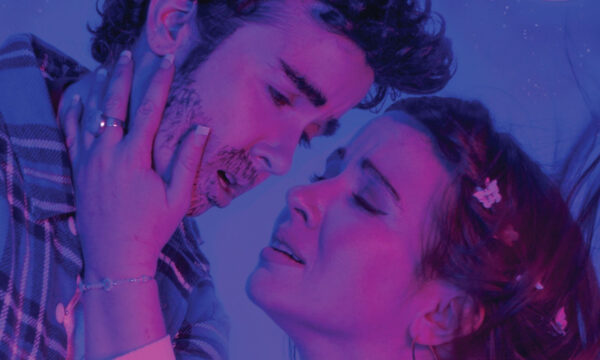
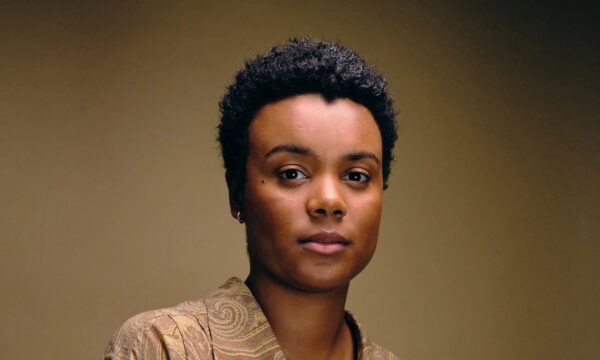






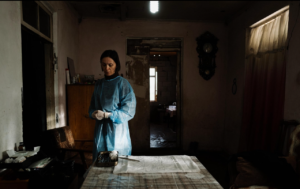

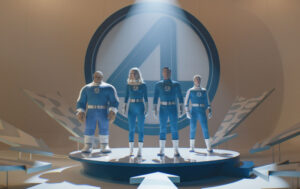






Facebook
Twitter
Instagram
YouTube
RSS